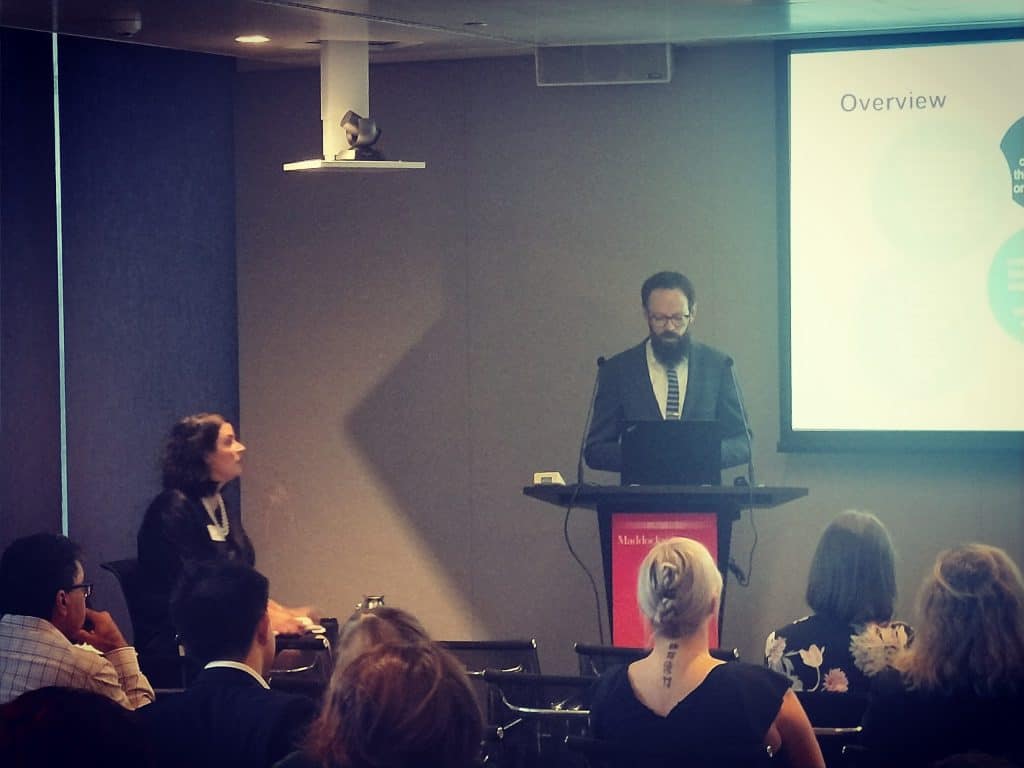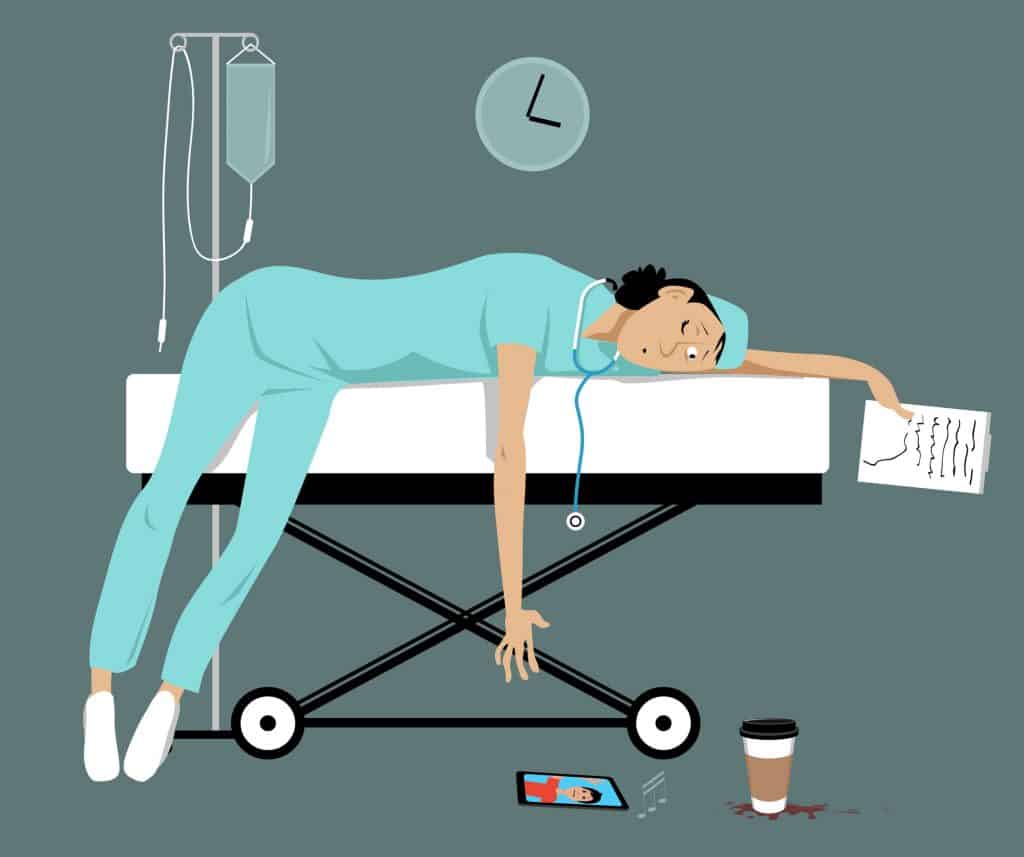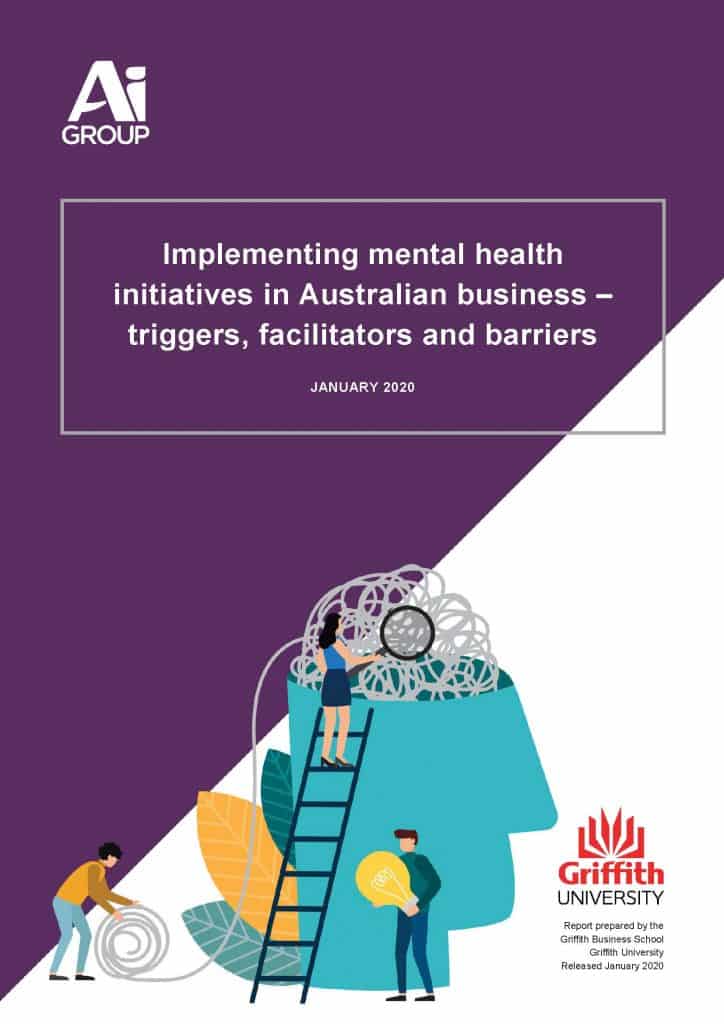
In relation to the release, last week, of the Brady Review SafetyAtWorkBlog wondered:
“It is worth asking whether a reliance on Administrative Controls could be interpreted as a level of negligence that could spark an Industrial Manslaughter prosecution.”
A seminar hosted by law firm Maddocks this week offered an opportunity to pose this as a question.






